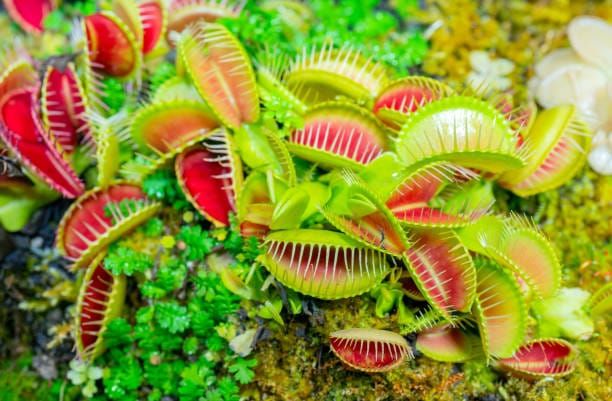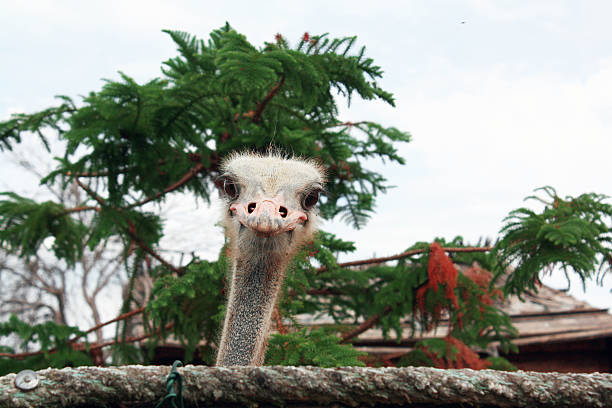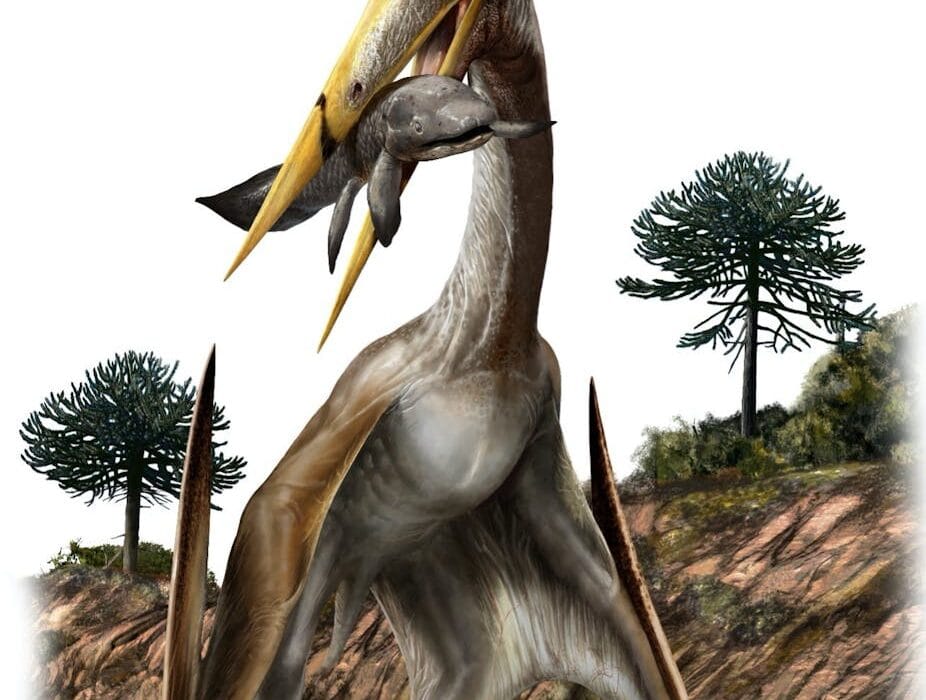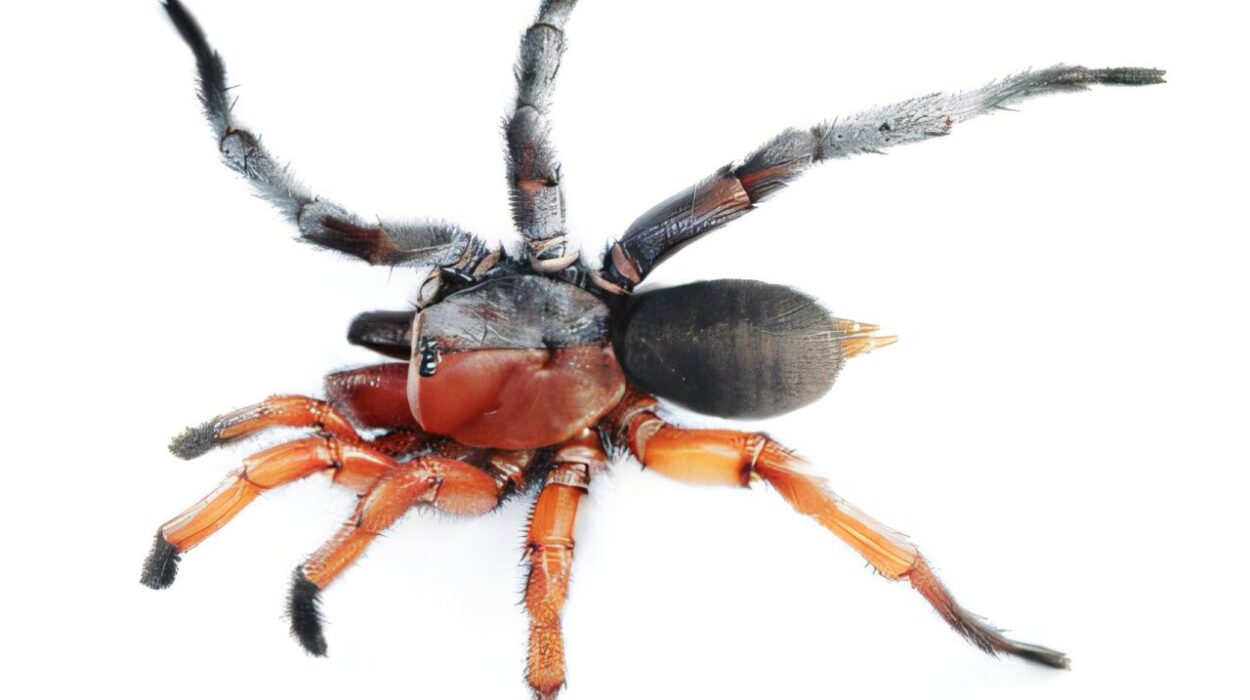In the damp, marshy wetlands of North and South Carolina, where the earth feels spongy beneath your feet and the air hums with the sounds of cicadas and birds, there grows a plant that embodies both beauty and menace. With delicate green leaves that curl into a trap, this plant is a master of deception, patience, and deadly precision. Known as the Venus flytrap (Dionaea muscipula), it is a living paradox—at once a symbol of nature’s delicate balance and an embodiment of its ruthless brutality.
The Venus flytrap is often regarded as one of the most captivating and mysterious plants on the planet. Its ability to snap shut and capture unsuspecting prey has been a subject of fascination for centuries. But behind its seemingly innocent appearance lies a terrifying mechanism of predation—a plant capable of outwitting its prey with a skill that could rival that of the most intelligent predators on Earth.
Yet, despite its lethal nature, the Venus flytrap is also a marvel of biological engineering, a testament to the resilience of life in one of the most unforgiving environments on Earth. The story of this remarkable plant is one of beauty, danger, and a perfect harmony of evolution that has made it a true survivor in the harsh world of carnivorous plants.
The Nature of the Trap: How It Works
To understand the full extent of the Venus flytrap’s power, one must first comprehend the mechanics of its deadly trap. A flytrap is not like any ordinary plant. It is a sophisticated predator, designed not to merely survive, but to thrive by consuming other living creatures.
Each leaf of the Venus flytrap is divided into two halves, with the margins of the leaf resembling two hinged lobes. The edges of these lobes are lined with sharp, tooth-like projections known as cilia, which resemble spines or bristles. These bristles serve as a first line of defense against larger animals that might attempt to disturb the trap. The surface of the leaf is covered with small, hair-like structures called trichomes, which are the key to the flytrap’s deadly reflexes.
When an insect or arachnid touches one of these sensitive hairs—typically two or more in quick succession—the trap springs into action. The lobes snap shut with remarkable speed, faster than the human eye can follow. In less than a second, the once-innocent looking leaves transform into a lethal snare, trapping the prey inside. The Venus flytrap is not only quick, but it also exerts an incredible force—closing with a velocity that can reach up to 0.1 seconds per snap. It’s a mechanism of such speed and efficiency that many insects never even know what hit them.
But it’s not just the speed of the trap that makes it a formidable assassin—it’s the intelligence behind the action. The Venus flytrap has evolved to detect movement and respond only when it is necessary. If a prey item touches the hairs once, the trap remains open. It is only when two hairs are touched within 20 seconds—or when a single hair is touched twice—that the trap triggers. This is a vital adaptation that prevents the plant from wasting energy on false alarms, like a gust of wind or an accidental touch by a falling leaf.
Once the trap closes, the real work begins. The Venus flytrap secretes digestive enzymes that break down the soft tissues of its prey, absorbing vital nutrients such as nitrogen and phosphorus. These are elements that are often scarce in the acidic, nutrient-poor soils of the wetlands where the plant grows, and it is these nutrients that the flytrap seeks. The digestion process takes about 10 days, after which the trap opens, revealing only the indigestible remains of the prey—a lifeless husk of exoskeletons and other remnants.
But this isn’t the end of the story. The Venus flytrap, unlike many other plants, does not immediately die after capturing prey. In fact, it can capture and digest prey many times throughout its life. It may seem like a simple plant, but it’s a highly refined predator, capable of making precise decisions based on the needs of its environment.
The Evolution of a Predator: How It Came to Be
How did the Venus flytrap evolve into such a complex and efficient predator? The answer lies in the delicate dance between nature’s relentless pressures and the plant’s need to survive in a challenging environment.
The Venus flytrap is native to the coastal plains of the Carolinas, where the soil is poor in nutrients, especially nitrogen. This scarcity of essential nutrients in the soil forced the plant to look elsewhere for sustenance. Unlike many plants that rely on photosynthesis to fuel their growth, the Venus flytrap turned to an alternative method—one that would require a radical departure from the typical plant behavior.
The idea of plants consuming animals is not unique to the Venus flytrap. In fact, there are hundreds of species of carnivorous plants, including pitcher plants, sundews, and butterworts. However, what sets the Venus flytrap apart is its active and highly specialized mechanism for capturing prey. Other carnivorous plants may rely on passive traps, such as sticky surfaces or deep pitchers filled with digestive enzymes, to capture insects. But the Venus flytrap’s snapping trap is an active, high-energy tool for predation.
The evolution of this sophisticated trap is believed to have occurred over millions of years, driven by natural selection and the need for the plant to obtain nutrients that were otherwise unavailable to it. Fossil records suggest that the flytrap’s ancestors may have been less specialized, relying on simpler methods of trapping prey. Over time, however, the plant’s development into a quick, efficient predator allowed it to thrive in its nutrient-poor environment. The Venus flytrap’s evolution as a carnivore is an example of the power of adaptation—the ability of a species to transform and thrive in response to changing environmental pressures.
The Venus Flytrap and the World of Carnivorous Plants
The Venus flytrap is often the most famous of all carnivorous plants, but it is far from alone in its ability to hunt for food. The world of carnivorous plants is full of fascinating, and sometimes deadly, adaptations that allow plants to trap, digest, and absorb the nutrients from living organisms.
Pitcher plants, for example, are another example of highly specialized carnivorous plants. These plants have deep, tubular leaves that act as pits, filled with digestive enzymes and slippery surfaces that cause insects to fall in. Once inside the pitcher, the prey becomes trapped and slowly digested.
Sundews, on the other hand, use sticky glands on their leaves to trap insects. Once the prey is ensnared, the plant secretes digestive enzymes to break down the soft tissues of the insect, allowing it to absorb the nutrients.
While these other carnivorous plants share the same goal of obtaining nutrients from animals, the Venus flytrap’s method is far more dramatic. The rapid movement of the trap, combined with the plant’s ability to respond to external stimuli, makes it one of nature’s most fascinating hunters.
However, the Venus flytrap’s deadly abilities come at a price. The energy required to close the trap, digest prey, and reset the trap takes a considerable amount of resources. This is why the plant is highly selective about the prey it captures. It cannot afford to waste its energy on non-nutritious targets, such as dust or fallen leaves. The Venus flytrap has developed an extraordinary system to ensure it only captures the most suitable prey—small insects and arachnids—providing the nutrients it needs to survive.
The Venus Flytrap’s Role in Its Ecosystem
While the Venus flytrap may seem like a solitary predator, it plays a critical role in the delicate balance of its ecosystem. As a carnivorous plant, it helps regulate populations of insects, preventing any one species from becoming too dominant. By capturing and digesting certain insects, the Venus flytrap ensures that other plants in the ecosystem have access to enough sunlight and space to grow.
Additionally, the Venus flytrap’s presence in the ecosystem helps maintain the health of the wetland habitats in which it thrives. By consuming insects and other small organisms, the plant helps control pest populations and limits the spread of disease. Its ability to attract and capture prey also benefits other species in the area, creating a complex web of interactions between plants, insects, and animals.
In this way, the Venus flytrap is both a predator and a caretaker, maintaining the balance of its ecosystem and ensuring that the wetland environment remains healthy and vibrant.
Threats to the Venus Flytrap’s Survival
Despite its remarkable adaptations, the Venus flytrap faces a number of threats in the modern world. Habitat destruction, due to urbanization and agricultural expansion, has led to the loss of much of its natural habitat. Wetlands are drained for development, and the rich, acidic soils that support the flytrap are being replaced by commercial ventures.
Additionally, overcollection of the Venus flytrap for the horticultural trade has contributed to its decline. While the plant can be grown in captivity, many collectors have harvested wild plants to sell as exotic curiosities. This has put immense pressure on wild populations, particularly in the Carolinas, where the plant is native.
Conservation efforts have been initiated to protect the Venus flytrap and its habitat, but much work remains to ensure its survival in the wild. Organizations like the Venus Flytrap Conservation Program are working to educate the public, protect habitats, and regulate the collection of these incredible plants.
The Beauty and Mystery of the Venus Flytrap
Despite the challenges it faces, the Venus flytrap remains one of the most beautiful and mysterious plants on Earth. Its combination of deadly efficiency and delicate beauty continues to captivate the imagination of scientists and nature enthusiasts alike. It is a symbol of nature’s ingenuity, a living testament to the power of adaptation and survival in the face of a harsh world.
The Venus flytrap is a reminder that beauty and danger often coexist in nature. Beneath its graceful, green leaves lies a predator of unparalleled skill and cunning—an assassin of the plant kingdom that is both awe-inspiring and humbling. Its existence, nestled in the swamps of the Carolinas, is a reflection of the delicate balance that sustains life on Earth.
And so, the Venus flytrap remains a living paradox—a plant that traps, digests, and consumes with a quiet elegance, a deadly assassin camouflaged by beauty. Its story is one of survival, of adaptation, and of the astonishing ways in which life continues to find new paths to thrive.






